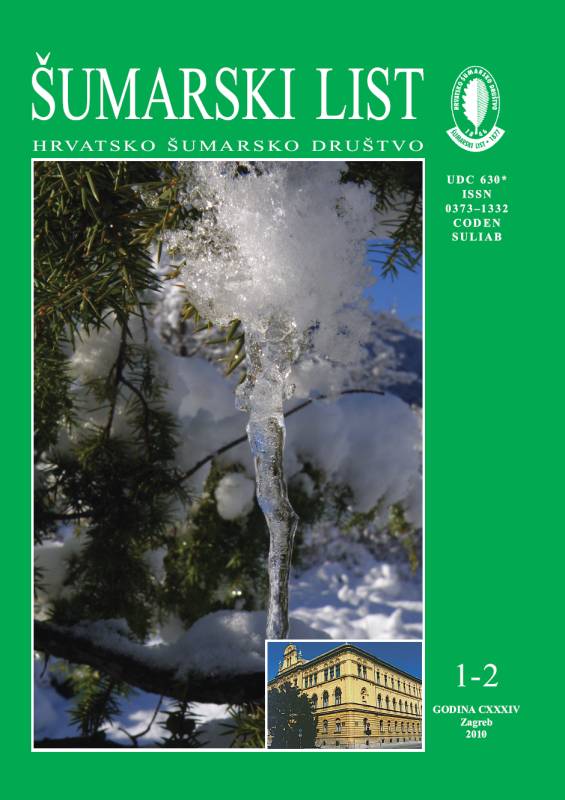Summary: The Arboretum Lisičine is located on the Papuk mountain. It is managed by Hrvatske šume d.o.o., Zagreb (Croatian Forests Ltd., Zagreb), Forest Administration Našice, Forest Office Voćin. It was founded in 1979 on an area of about 45 ha. In the northern part of the Arboretum there is a natural beech forest. The southern part, which is the arboretum in the true sense of the word, is divided in 3 parts: 1. horticultural part, on which ornamental trees and shrubs are planted, 2. part planted with European and Asian plants, 3. part planted with American plants. During the Homeland War the Arboretum was occupied and devastated. A part of the plants dried out, some plants were not properly cultivated, many of them were placed too close to each other, and some turned out to be invasive and spread without control over other parts of the Arboretum. In addition, black locust, blackberry bushes and other species started overgrowing the cultivated plants. Since 2006, within the project “Revitalisation of the Lisičine Arboretum”, the arrangement of the Arboretum has been on-going. In each individual case decisions have to be made about what needs to be done to preserve as many plants as possible. There is no documentation about the plants, and the determination and marking of the plants has to be done successively field by field. In the horticultural part, on 12 fields, 416 different taxa of 113 genera have been determined. Of these 202 are deciduous, whereas the others are evergreen or leaf-exchanging. The most represented genera are: Picea (32 taxa), Juniperus (23 taxa), Chamaecyparis (23 taxa), Prunus (20 taxa), Pinus (15 taxa), Thuja (14 taxa), Berberis (13 taxa), Viburnum (13 taxa), Taxus (12 taxa), Spiraea (12 taxa), Acer (11 taxa), Cotoneaster (11 taxa), Abies (9 taxa), Cornus (9 taxa), Ilex (9 taxa) and Sorbus (9 taxa). The horticultural part can serve as the model part for arranging the whole Arboretum, having priority during revitalisation. Numerous conifer cultivars are specially valuable, so that we can say that the Lisičine Arboretum is one of the richest living collections of different conifer species in Croatia. Due to the value and uniqueness of the Lisičine Arboretum, as much effort as possible has to be made for its arrangement and later maintenance, so it can serve for education and scientific research, as well as relaxation and strolls of visitors.
Key words: existing state; Lisičine Arboretum; plant list; revitalisation |



